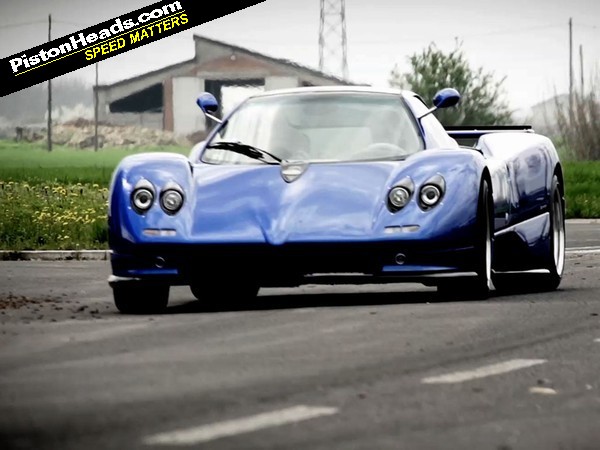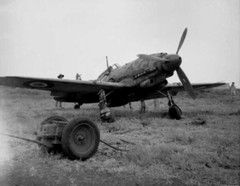National identity: PH Blog
Warplanes to supercars in one emotive step, courtesy of test pilot hero Eric 'Winkle' Brown

His unique perspective of testing warplanes of all nationalities during the war years was the bit that really interested me and though his analysis was, by its nature, technical in focus he affords himself a more emotive appraisal of some of the aircraft too.
And where's the PH angle in this? Well, it struck me these more personal views have a lot in common with how we talk about cars. Personally I've always been fascinated how national character traits can be expressed through machines like cars and the way we identify with that and develop our automotive tastes. Seems like Winkle did the same with planes and much of what he had to say sounds familiar.
Take his appraisal of the Mitsubishi Zero Fighter for instance.
"The design philosophy employed by the American trained designer, Jiro Horikoshi, was to keep the Zero's weight to a minimum. In the air the lightweight Zero was remarkably nimble ... I was most surprised by the noise emanating from the fuselage, rather like the sound produced when one pushes the side of a large biscuit tin, caused probably by the 'panting' of the light gauge alloy skin."
So, perhaps, a Honda NSX of the skies. Not as powerful or fast on paper as its Western contemporaries but elegantly engineered and delightful to pilot through its emphasis on lack of weight. If, perhaps, a bit tinny as a result - ref. roadtests of 90s Japanese cars and their plasticky interiors if you want an equivalent.
Running with the theme what about this appraisal of the Italian Macchi C.205, a fighter Brown includes in his top 20 favourites of all the planes he ever flew "judged by the sheer joy of knowing one was flying a real crackerjack."
He writes, "The supreme Italian fighter I flew was the Macchi 205V powered by a [Daimler-Benz] DB605A, which was on a par with the Mustang and Fw190 in that time scale." His conclusion - "A wonderful combination of Italian style and German power" - is another that invites a modern-day automotive comparison.
Brown also got to fly some of the diesel-powered German aircraft of the era like the Dornier Do18, concluding, "I found them very quiet but dirty and smelly - not by any stretch eco friendly." If you didn't like the cut of his jib already that should settle it!
What of the British planes? Brown described the Spitfire MkXII as his favourite and I'm not sure what automotive equivalent you could draw from that. How about the Hawker Typhoon and late-model TVRs instead though? Brutish looks, massive firepower ... powerful but temperamental engine...
Dan
[Sources: Wings On My Sleeve by Captain Eric 'Winkle' Brown, Macchi C.205 photo from Wikipedia Commons]
Gassing Station | General Gassing | Top of Page | What's New | My Stuff






